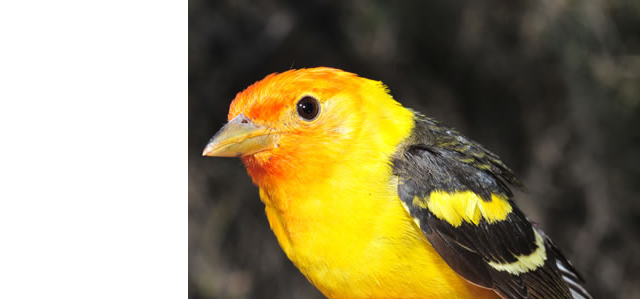
Biology Faculty & Staff Publications
Conservation of desert wetlands and their biotas/Conservacíon de humedales desérticos y su biota
The work of De la Maza-Benignos et al. exemplifies the importance of collaborative approaches to biodiversity conservation. The authors combine bi-national and cross-disciplinary partnership with engagement with a local community of farmers to create a model of biodiversity conservation through sustainable development of water resources. This approach to conservation of aquatic arid-land ecosystems has great potential for broader application in Mexico, the southwestern United States and other regions of the world.
Abstract
The biological diversity of arid and semi-arid ecosystems is threatened by exploitation of water resources for agricultural and economic development. As demand for the scarce water supplies of these regions has increased in recent decades in North America, efforts to moderate consumptive water use generally have been unsuccessful. This problem is highlighted in Mexico, where arid and semi-arid regions represent approximately 65% of the land area and are home to over 46% of the populace. The Chihuahuan Desert is the largest and most biodiverse desert in Mexico, and also is one of the more degraded by unsustainable use of water resources. In a potential paradigm shift, however, farmers in Julimes, Chihuahua, chartered an NGO in 2007 to operate under a rational model of resource utilization, which is based on the rationale that the long-term sustainability of this farmer-community is dependent on continued reliability of the waters of El Pandeño Spring for crop irrigation and other agricultural activities. Under a model circumscribed in but never implemented under the 1992 Mexican National Water Law, farmers in Julimes partnered with the NGO Pronatura Noreste, A. C., to independently implement the model to manage El Pandeño Spring under the Vital Signs Monitoring Program. This program monitors environmental conditions and biotic components of the ecosystem, with explicit focus on the endemic Julimes pupfish Cyprinodon julimes as a bio-indicator of sustainable water use. We present a case study of the management program for El Pandeño Spring and the Julimes pupfish, discuss management actions that have aided or hindered program success, and review results from scientific studies of this system. Lessons learned from this biodiversity-focused water management initiative will aid development of more effective policies for conservation of freshwaters locally, regionally, and, potentially, for arid and semi-arid regions more broadly.
